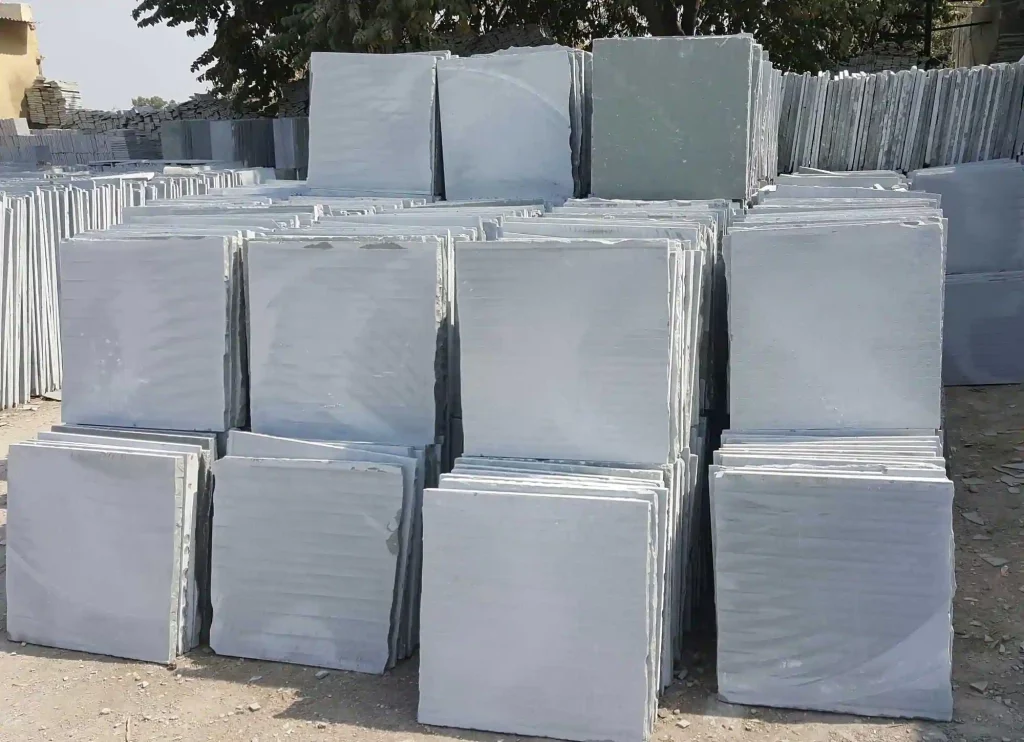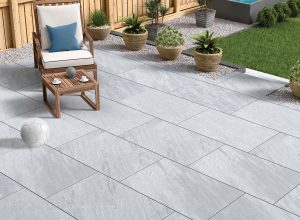Unveiling the Techniques Used Indian Sandstone Manufacturers
5 min read
From the ancient forts of Rajasthan to the contemporary homes in Delhi, Indian sandstone has been a popular choice for construction and home decor projects. But have you ever wondered about the techniques used by Indian sandstone manufacturers? How do they extract and shape this natural stone into stunning pieces that adorn our living spaces? In this blog post, we’re going to take a deep dive into the world of Indian sandstone manufacturing and unveil some of the fascinating techniques used by artisans who create these beautiful stones. Get ready to be amazed!
Introduction
India is a land of natural beauty, and its sandstone is no exception. For centuries, Indian artisans have used sandstone to create some of the most beautiful sculptures and architecture in the world. Today, India is one of the leading suppliers of sandstone for use in construction and landscaping. Indian sandstone is prized for its durability, strength, and unique coloration. Indian sandstone is quarried in several different regions across the country, each with its own distinct style.
Another popular type of Paving Stone in India. Kota stone is a type of limestone that has been chemically treated to achieve a glossy finish. It is commonly used in flooring applications as it provides a slip-resistant surface.
Indian sandstone manufacturers employ a variety of techniques to produce their products. The most common method is called sawing, which involves cutting the stone into blocks with large saws. Other methods include grinding, chiseling, and polishing.
Overview of Indian Sandstone Manufacturers
A Landscape Stone in India is a company that produces sandstone, a type of rock made of small grains of quartz and other minerals. Sandstone is used in a variety of construction projects, from buildings to bridges.
There are many Paving Flagstone in India each with their own unique process for extracting and processing the stone. Some of the most common techniques used by Indian sandstone manufacturers include:
Quarrying: This is the first step in the manufacturing process, and involves extracting Paving Exporters in India. Quarries are typically located in rural areas, and the stone is extracted using a variety of methods including blasting, drilling, and excavating.
Crushing: Once the sandstone has been extracted from the quarry, it needs to be crushed into smaller pieces. This is done using large machines called crushers.
Sorting: The next step is to sort the crushed Paving Manufacturers in India. This is done using screens or sieves.
Washing: The sorted sandstone is then washed to remove any dirt or impurities.
Transporting: The final step in the manufacturing process is transporting the sandstone to where it will be used. This can be done via truck, train, or ship.
The Different Techniques Used by Manufacturers
There are several different techniques that Indian sandstone manufacturers use to produce their products. The most common method is called block cutting, which involves cutting the stone into large blocks that can be transported and used for construction projects. Block cutting is the most commonly used method of sandstone production in India. Manufacturers use this method to create large blocks of sandstone that can be transported and used for construction projects. The process begins by quarrying the sandstone from a quarry site. The blocks of stone are then cut into the desired size using a variety of tools, including saws, chisels, and hammers. Once the blocks are cut, they are transported to the construction site where they will be used.
Scabbing is another common method used by Indian sandstone manufacturers. This method involves cutting the stone into thin slabs that can be used for flooring or countertops. The process begins with quarrying the sandstone from a quarry site. The blocks of stone are then cut into thin slabs using a variety of tools, including saws, chisels, and hammers. Once the slabs are cut, they are transported to the installation site where they will be used.
Advantages of Using Indian Sandstone Manufacturers
There are many advantages of using Indian sandstone manufacturers. Firstly, they have a wealth of experience and knowledge in this field. This means that they can offer you high-quality products at competitive prices. Secondly, they use the latest technologies and equipment to produce these products. This results in products which are durable and long lasting. Thirdly, their products are available in a wide range of colors, designs, and patterns. They provide good after-sales service to their clients.
Challenges Faced by Indian Sandstone Manufacturers
The Indian sandstone industry is facing a number of challenges that are hindering its growth. These challenges include:
- The depletion of natural resources, it has become difficult to source high-quality raw materials for manufacturing sandstone products. This has led to an increase in the cost of production and has also affected the quality of the products.
- High competition: The Indian sandstone industry is highly competitive and there are a large number of players operating in the market. This intense competition has resulted in price wars and has made it difficult for manufacturers to survive and grow their business.
- Poor Infrastructure: Another challenge faced by sandstone manufacturers in India is the poor infrastructure. The lack of good roads, electricity, and water supply make it difficult to transport raw materials and finished products to and from the factories. This increases the cost of production and also affects the quality of the products.
- Economic slowdown: The economic slowdown in recent years has also affected the sandstone industry as demand for construction projects have decreased significantly. This has led to overcapacity in the market and has put pressure on margins.
Conclusion
In conclusion, the techniques used by Indian sandstone manufacturers are quite varied and depend on the needs of the customer. From traditional methods such as using hand-made tools to modern practices like computerized cutting machines, these artisans can create beautiful pieces that will last for generations. It is important to remember that no two stones are alike and therefore each project requires careful planning and expertise in order to bring out the best in every piece. Sandstone has been a popular choice with architects and designers around the world due to its beauty, durability, strength and affordability – it’s easy to see why so many people choose this material when looking for unique building materials or decorative accents.



